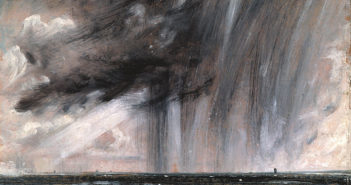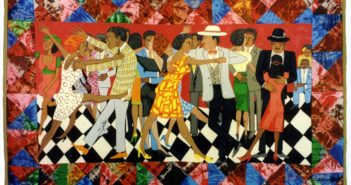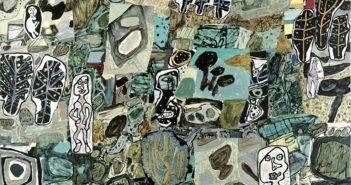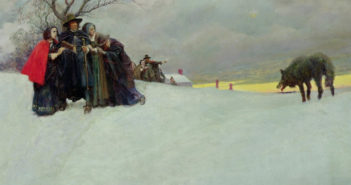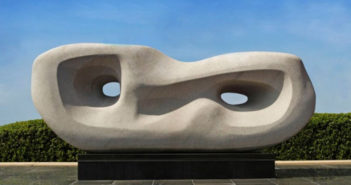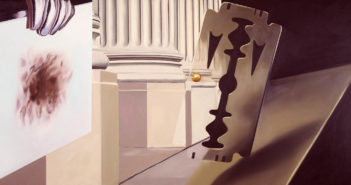
Striving for rejection
In 1986, Jim Lee was preparing to graduate from Princeton with a psychology degree and considered going to medical school. As a kid growing up in suburban St. Louis after his parents emigrated from Seoul, South Korea, Jim learned to speak English while escaping to comic books to relieve the anxiety of feeling like an outsider. Upon his graduation from Princeton and longing to return to his love of art, Jim decided to enroll in a drawing class. When something ignited inside him, he asked his parents for a year to postpone his studies while he tried to break into the comic book industry.



